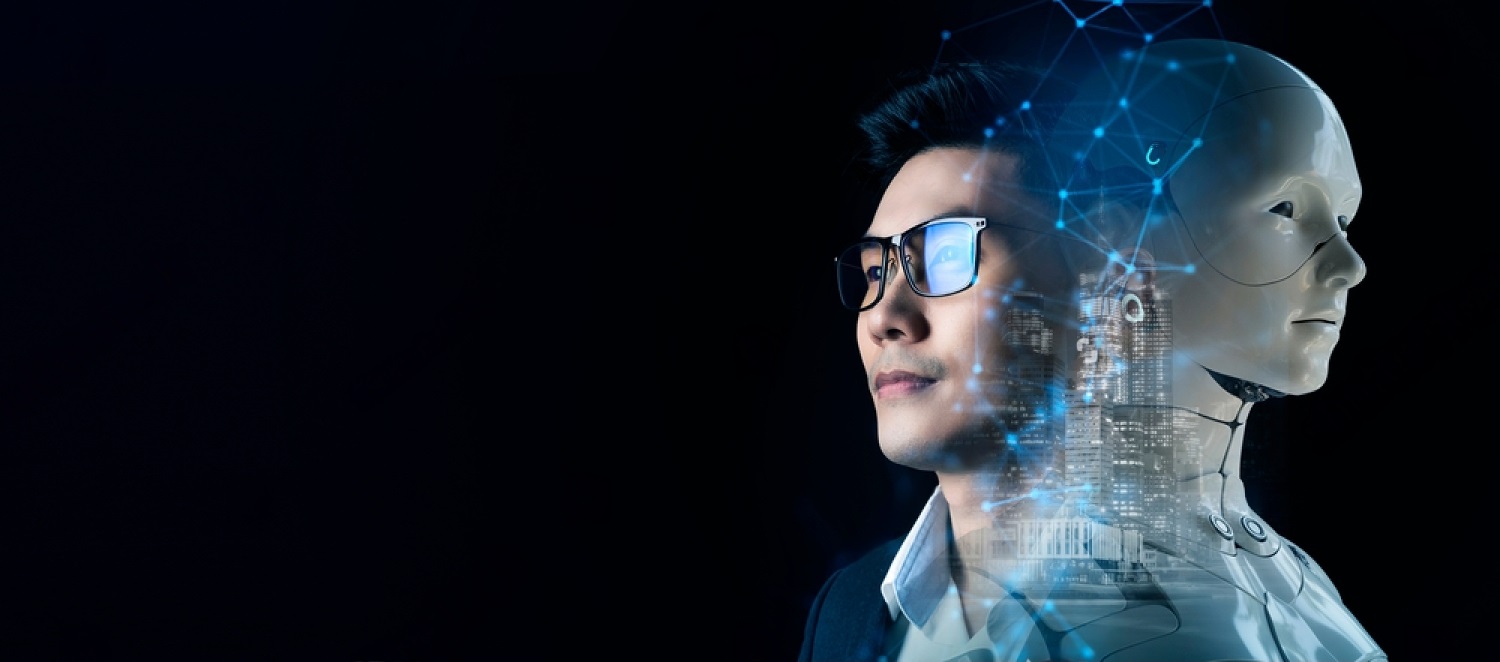Advancements in robotics and automation have transformed industries, revolutionizing production processes, enhancing efficiency, and opening up new possibilities. This blog post delves into the latest developments in this field and explores how they are shaping the future of industry.
I. Understanding Robotics and Automation Robotics
Robotics refers to the design, development, and application of robots, while automation involves the use of technology to perform tasks with minimal human intervention. While these terms are often used interchangeably, robotics encompasses the physical machines, while automation focuses on the automated processes.
II. Current State of Robotics and Automation
In recent years, robotics and automation have witnessed significant adoption across various industries. Manufacturing, healthcare, logistics, agriculture, and even service sectors have embraced these technologies to streamline operations, increase productivity, and reduce costs. For instance, automated assembly lines in manufacturing enable faster production and improved precision, while robots in healthcare assist in surgeries and perform repetitive tasks with high accuracy.
III. Technological Advancements in Robotics and Automation
1.Integration of AI and Machine Learning: Artificial intelligence and machine learning have revolutionized robotics and automation. AI-powered robots can adapt to changing environments, make autonomous decisions, and learn from data to improve their performance. This has led to the development of advanced robotic systems capable of complex tasks, such as autonomous vehicles and robotic assistants.
2.Internet of Things (IoT): The IoT has enabled the seamless connectivity and communication between robots, sensors, and other devices, enhancing automation capabilities. IoT integration allows for real-time data exchange, remote monitoring, and efficient coordination of robotic systems in industrial settings.
3.Sensor Technology: Advancements in sensor technology have greatly improved the perception and feedback capabilities of robots. High-precision sensors enable robots to gather accurate data about their surroundings, facilitating safe and efficient interactions with humans and objects. This has paved the way for collaborative robots (cobots) that can work alongside humans, enhancing productivity and safety.
4.Emerging Technologies: Collaborative robots (cobots) have gained traction in industries that require human-robot collaboration. These robots are designed to work alongside humans, enhancing efficiency and flexibility. Additionally, swarm robotics, inspired by the behavior of social insect colonies, explores the concept of coordinating large groups of simple robots to perform complex tasks.
IV. Implications of Robotics and Automation on the Future of Industry
1.Increased Efficiency and Productivity: Automation enables faster and more accurate production processes, leading to increased efficiency and productivity. Robots can work tirelessly, reduce errors, and perform tasks with consistent quality, leading to improved overall output.
2.Workforce and Employment Landscape: The widespread adoption of robotics and automation has raised concerns about potential job displacement. While some jobs may be automated, new roles and opportunities are also emerging, such as robot maintenance, programming, and supervision. Reskilling and upskilling programs can help workers adapt to the changing landscape.
3.Economic and Societal Implications: Automation can drive economic growth by reducing costs, increasing competitiveness, and creating new industries. However, it also poses challenges such as wealth inequality and the need for equitable distribution of benefits. Balancing economic progress with societal well-being is crucial in harnessing the full potential of robotics and automation.
V. Challenges and Considerations for the Future
1.Ethical Considerations: As robots become more autonomous, ethical questions arise regarding their decision-making capabilities, accountability, and potential impact on human rights. Responsible AI development and adherence to ethical guidelines are crucial to ensure the ethical use of robotics and automation.
2.Security and Cybersecurity: Increased connectivity exposes robotics and automation systems to potential security risks. Ensuring robust cybersecurity measures, data privacy, and protection against malicious attacks are essential to prevent disruptions and maintain trust in these technologies.
3.Regulatory and Legal Aspects: The rapid advancements in robotics and automation raise legal and regulatory challenges. Governments and policymakers need to establish frameworks that address safety standards, liability, privacy, and ethical concerns associated with these technologies.
4.Research and Development: Continuous research and development are key to unlocking the full potential of robotics and automation. Collaboration between academia, industry, and government institutions can drive innovation, address challenges, and further refine these technologies.
Takeaway
Advancements in robotics and automation are reshaping industries, improving efficiency, and creating new possibilities. As technology continues to evolve, it is crucial to navigate the challenges and harness the potential of robotics and automation responsibly. By addressing ethical, security, and regulatory considerations, we can ensure a future where these technologies thrive, enhancing productivity and benefiting society as a whole.

